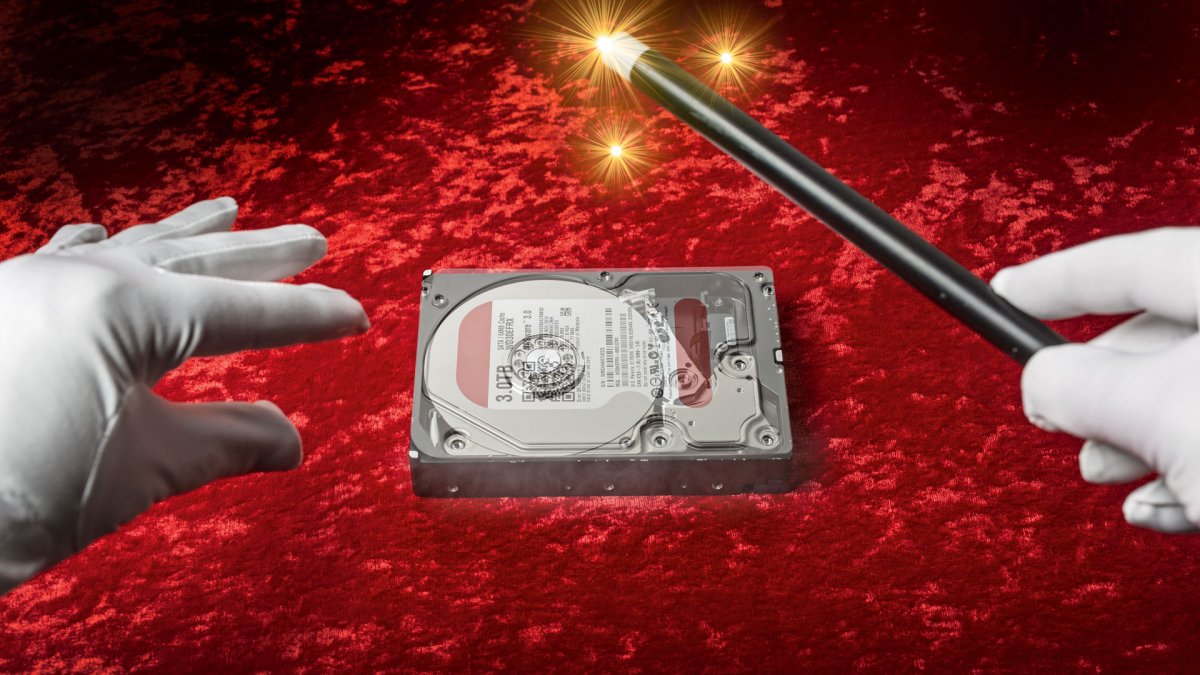Are you looking to try out the latest Linux distributions but don’t want to make any changes to your internal hard drive or SSD? Here’s how you can hide them from the installer to ensure that there are no traces left behind.
The plan is quite simple: install the Linux distribution you want to try out on an external SSD. If you don’t like it, simply delete the SSD and move on to the next distribution or boot from your usual operating system on your internal drive. However, some distributions leave traces on the internal mass storage even when installed on an external drive, which can be a problem.
The key issue is the EFI bootloader for UEFI firmwares. Some distributions, like Ubuntu 22.10, install their bootloader on the EFI partition of the internal hard drive and use it as the default bootloader. Therefore, even if the external drive is not connected, the bootloader of the distribution installed as a test will start, but won’t find the kernel.
To ensure that your internal drives are not touched, here’s what you can do: if your machine has an NVMe SSD internally, you can determine this by using the lsblk command in the terminal. If the SSD is named nvme0n1, it is an NVMe drive. Here, you can blacklist the kernel module nvme when starting Ubuntu 23.04, for example, so that the installer cannot access these drives.
By following these steps, you can try out Linux distributions without any risk of changes being made to your system. It’s a great way to explore new options without fearing the consequences.



